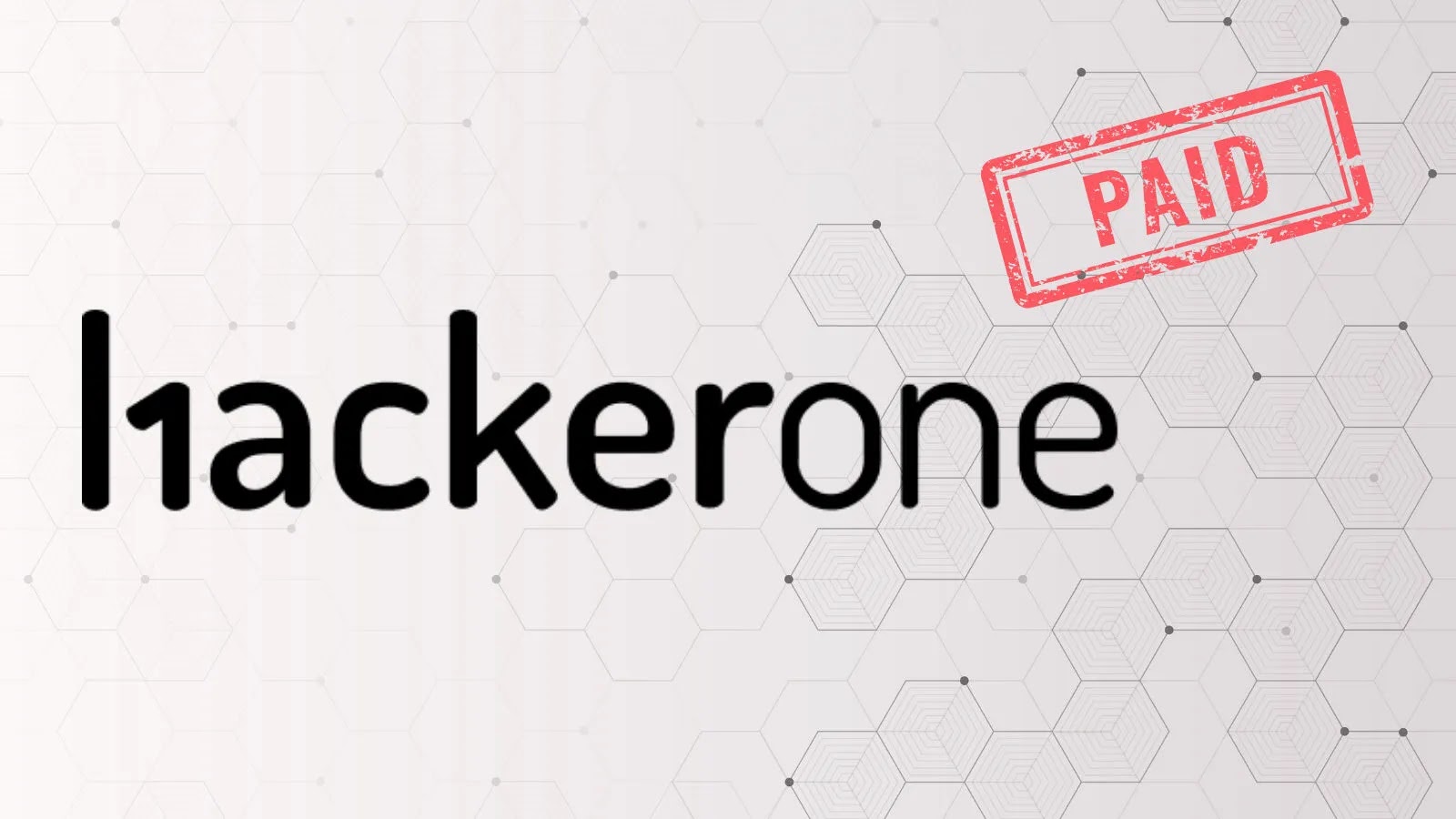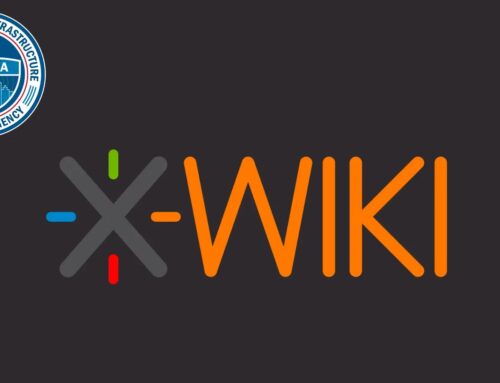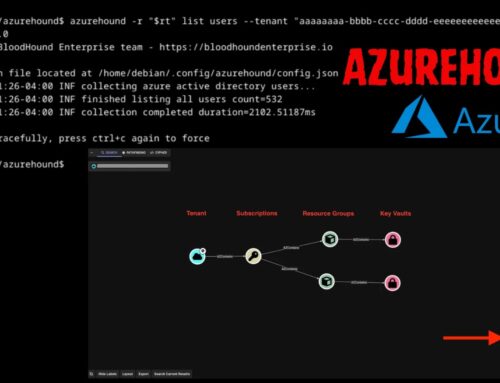
HackerOne Paid $81 In Bug Bounty With Emergence of Bionic Hackers
The $81 Million Frontier: HackerOne’s Bug Bounty Surge and the Rise of Bionic Hackers
The digital perimeter of modern organizations is under constant siege. In this high-stakes environment, proactive security measures are not just advisable; they are critical for survival. One of the most effective strategies to validate and strengthen these defenses is through bug bounty programs. These initiatives incentivize ethical hackers to discover and report vulnerabilities before malicious actors can exploit them. HackerOne, a vanguard in offensive security, recently showcased the tangible impact of these programs, revealing a staggering payout of $81 million in bug bounties over the past year. This significant figure, detailed in their 9th annual Hacker-Powered Security Report, represents a 13% increase from the previous year, underscoring a growing reliance on the collective intelligence of the white-hat community.
Hacker-Powered Security: A Growing Investment
The $81 million disbursed by HackerOne isn’t just a number; it’s a testament to the increasing investment organizations are making in proactive security. This substantial sum reflects the perceived value of crowdsourced security testing, where a global network of skilled ethical hackers brings diverse perspectives and methodologies to uncover flaws that automated tools or internal teams might miss. The upward trend in payouts signals a clear shift towards operationalizing external security talent as an integral part of the cybersecurity defense ecosystem.
This growth is particularly relevant as the complexity of software and digital infrastructures continues to expand. With new technologies and frameworks emerging constantly, the attack surface for potential vulnerabilities also grows, necessitating a dynamic and adaptable security testing approach. Bug bounty programs offer just that, providing continuous security assurance and an immediate feedback loop for vulnerabilities.
The Emergence of Bionic Hackers
A fascinating development highlighted by HackerOne’s report is the rise of what they term “bionic hackers.” This coinage refers to ethical hackers who leverage a blend of human ingenuity and artificial intelligence (AI) tools to enhance their vulnerability discovery capabilities. AI-powered tools can automate repetitive tasks, analyze vast amounts of code for patterns, and even assist in generating exploit proofs-of-concept, allowing human hackers to focus on more complex, nuanced, and high-impact vulnerabilities. This synergy amplifies the effectiveness of security researchers, accelerating the discovery rate of critical flaws and ultimately leading to more secure products and services.
The “bionic” approach represents a significant evolution in bug hunting, moving beyond purely manual analysis. By offloading mundane tasks to AI, hackers can dedicate their cognitive power to creative problem-solving, understanding complex system interactions, and bypassing advanced security controls, thereby pushing the boundaries of traditional penetration testing.
Key Takeaways from HackerOne’s Report
The 9th annual Hacker-Powered Security Report offers several crucial insights into the evolving landscape of cybersecurity and bug bounty programs:
- The $81 million payout marks a 13% increase from the previous year, demonstrating accelerated adoption and success of hacker-powered security.
- A global community of white-hat hackers is increasingly relied upon by organizations to bolster their security postures.
- The rise of “bionic hackers” signifies a new era where human expertise is augmented by AI, leading to more efficient and sophisticated vulnerability discovery.
- Ongoing investment in bug bounty programs contributes to a more secure digital ecosystem for everyone.
Remediation Actions for Organizations
While the focus of this report is on the payouts, the underlying message is about strengthening security. Organizations can leverage these insights to improve their own security strategies:
- Embrace Bug Bounty Programs: If not already, consider launching a bug bounty program. Start small, define clear scope, and incrementally expand. Platforms like HackerOne simplify this process.
- Prioritize Vulnerability Disclosure Programs (VDPs): Even without a bounty, a clear VDP provides a legal and ethical channel for researchers to report vulnerabilities, preventing potential exploitation.
- Foster a Security-First Culture: Encourage developers to integrate security considerations from the initial design phase throughout the software development lifecycle (SDLC).
- Invest in Internal Security Training: Equip internal teams with the knowledge and tools to identify common vulnerabilities, complementing external hacker efforts.
- Stay Informed on Emerging Threats: Regularly consult reports from leading security platforms and research groups to understand the evolving threat landscape and common attack vectors.
- Implement Automated Security Testing: While not a replacement for human ingenuity, static application security testing (SAST) and dynamic application security testing (DAST) tools can help identify known vulnerabilities early in the development process for specific Common Weakness Enumerations (CWEs) such as CWE-79 (Improper Neutralization of Input During Web Page Generation (‘Cross-site Scripting’)) or CWE-89 (Improper Neutralization of Special Elements used in an SQL Command (‘SQL Injection’)).
Conclusion: The Future of Offensive Security is Collaborative
The $81 million paid out by HackerOne is more than just a financial milestone; it’s a powerful indicator of the strategic value organizations place on collaborative security. The increasing sophistication of threats demands an equally sophisticated and diverse defense, one that leverages both human expertise and technological advancements like AI. The “bionic hacker” is not just a concept; it’s the future of offensive security research, driving a more secure digital world through continuous, ethical, and highly effective vulnerability discovery. As digital transformation accelerates, the partnership between organizations and the white-hat hacking community will only become more vital in maintaining trust and resilience against the ever-present cyber threats.





